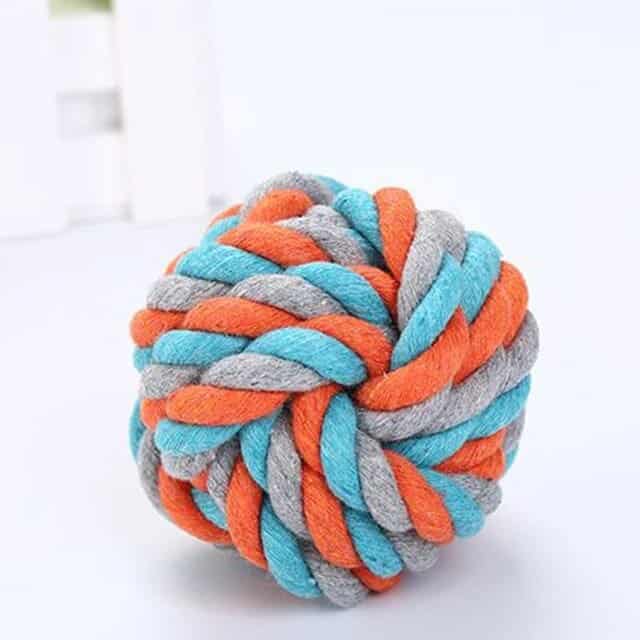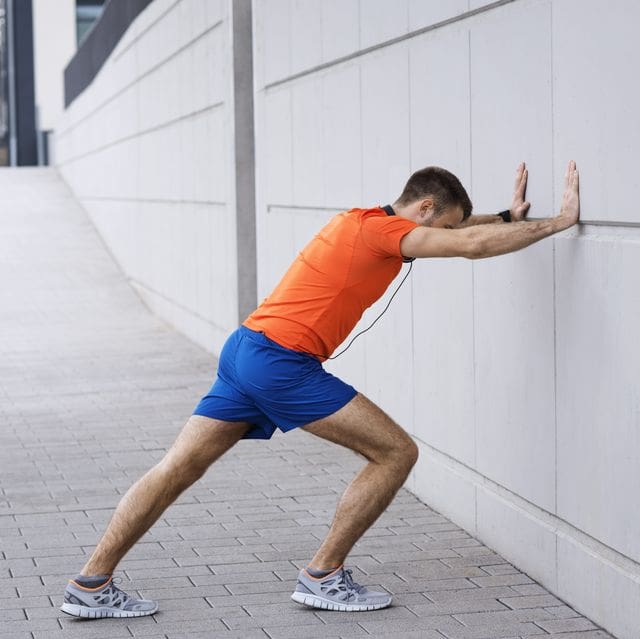Five tips on why avoiding squats may be worse for your knees. You want to prevent knee pain! Tight, weak muscles and bad form can cause knee pain. Improve form and release adhesions with these 5 simple techniques!
Table of Contents:
1. Why Not Squatting is Bad for Your Knees
2. Understanding Tight Muscles
3. How to Fix Tight Muscles
4. Proper Squatting Form
Tip #1: Address tight muscles and adhesions
Have you ever heard the term a tight muscle is a weak muscle? Now when a muscle is tight, it can’t contract and stretch the way its properly meant too which means its neighboring muscles get to work over time causing inflammation. This leaves you susceptible to injuries from the overworking of other muscles and develops adhesion’s in certain tissues from the lack of proper stretching and contracting of the muscles. Think of an adhesion as a bunch ropes all tied together under your skin forming a knot that prevents your muscles from working as efficiently as they should be. All of this mess is created from something that could be easily prevented with regular stretching and proper warm up. Now we need to back to correct this. The reason we want to correct this is because those tight muscles with the adhesion’s are putting excess on the area where those muscles attach by your knee. Think of your muscles as a rope, if you pull real hard on one side of that rope its going to create a ton of tension on the other side of that rope. Now what happens if we give that rope some slack? It’ll release tension on the other end. Its the same concept with you’re muscles. Except with your muscles there is pain at the end of that rope. So lets fix it.

Here is a visual representation of what your fascia looks like under your skin when you have an adhesion.
How to Fix :
1. Smooth out the adhesions using a foam roller, lacrosse ball or a graston tool ( I sometimes use a wrench). When I say smooth out the adhesions, I want you to start with a foam roller and roll out your calves, hamstrings, quads, glutes and IT band (side of your leg). Find trigger points that cause irritation (CONGRATS! You’ve most likely found an adhesion). Once you’ve found that irritated spot, you can sit into it with more of your body weight and apply pressure to that spot holding for 30 seconds to 1 min. This will help release the adhesion. For more intense releasing you can use a lacrosse ball and put it directly on that spot and hold it. If you prefer to use the graston technique, you can do the same thing with a graston tool (again, I’ll use a wrench or smooth end of a butter knife in place of a graston tool). With your weapon of choice, take it and scrape it along the surface of your skin on those trigger points to release the adhesions. Google graston technique if you’re confused as to what I’m talking about. You have to learn your body because everyone is different. For some it may be the glutes and for others it may be the hamstrings or calves but you’ll know once you feel it where you need to work on it the most. Make sure to apply enough pressure with these techniques to actually remove the adhesions under the skin. Once you remove the adhesions, stretch out thoroughly the areas you jut worked on and try your squat and see if that made a difference. If you’re confused about this, you can message me and I can help you out!
Tip #2: Prioritize Proper Form
Form, oh boy, form, this is my favorite movement to teach others, because of the fact it’s so technical and everyone is so different but at the same time, we were all built to squat. Most everyone I see that has pain when squatting has improper mechanics with this movement. The first culprit I see in most starting out, is breaking at the knees to start the movement. What do I mean buy this? If you perform a squat right now, what is your first initial movement? Is it bending the knees or is it pushing the butt back? If you’re knees are bending before your hips do, that, more often than not causes shear stress on the knee cap. Here is an example of bending at the hips first:
Notice how my very first motion is sticking my butt back? This is to engage the posterior chain ( glutes and hamstrings). Without sticking your butt back first in this movement you’re neglecting half of the muscles used in this movement which means you’re quads are going to have to work extra hard to stabilize as well as produce enough force for you to come back up. This creates more stress on that knee joint! We don’t want to make our poor quads work any harder than they have too, so stick your butt back first to engage the glutes and hamstrings to help stabilize the knee, but make sure to keep those knees out to properly engage the cheeks!
Tip #3: Work on ankle mobility
Lack of mobility from the ankles. When the ankles are tight and immobile, your body is going to kick into fight or flight and do what it needs to in able to perform the movement you want it to. How does it do this? By making your knees work over time to stabilize of course! Your knees are not a mobile joint, they are a stable joint. The issue here is when we look from the ground up and see that a mobile joint is no longer mobile enough to perform the actions we want it too, the next joint up becomes a fake mobile joint to compensate. In this case its the ankle joint being immobile and the knee joint trying to be mobile. This is not how it’s supposed to be.
How to Fix:
Work on foot, ankle and calf mobility. Take a lacrosse ball or tennis ball and roll that along the bottom of your foot. Feel any pain? Ya, you shouldn’t, that is how we know there is an issue. Once you’ve rolled the bottom of your foot out, go ahead and roll out the calves like we discussed earlier to release tension there. Another thing you can perform is a banded ankle mobility distraction ( google that one). You’ll need to do this regularly from time to time for a few weeks but this will help a lot once you restore that mobility back in your ankle! Once you have the mobility back in your ankle, your knee wont have to work overtime to stabilize. To check your ankle mobility, try the 5 inch ankle mobility test before and after you do these drills to check for improvement!

Tip #4: Strengthen weak muscles
Lack of Stability from the glutes. Do your knees cave in when you squat? This is what fancy folk call knee valgus. This can happen for a few reasons, but I’m going to touch on it occurring from lack of glute activation/weakness. When you squat down and your knees cave in? This could be a sign that your glutes are not working to stabilize the hips so the body creates stabilization elsewhere. Often times this leads to back pain as well because the lower back is trying to pick up the slack for the weakness in the glutes. This can lead to an array of issues and quite honestly most back problems start in the glutes because not too many people are taught how to engage them when working out.
How to Fix:
Get proper activation of your glutes and strengthen them of course! How? Glute specific exercises. These would all be great to do after rolling out the adhesions in your glutes and hamstrings
-Banded Clam Shells
-Single Leg glute bridge while holding a tennis ball to your chest with your knee with opposite leg
-Lateral Banded Walks
-Glute Bridges
-Cable Pull Throughs
-Quadruped Glute Extension
-Single Leg Foam Roller Glute Bridge
After performing a few of these, go ahead and work on your squat while focusing on pushing the knees out! Put your body through proper range of motion and squeeze after you start feeling your glutes from these exercises!
Tip #5: Start slow and progress gradually
Squats are not bad for your knees, they can do wonders for your body and help out with the quality of your life. Don’t neglect them! If you need help or have questions, you can reach out to me on IG @Blinn_Fitness or Brandon@blinnergy.com. For strength training & personal training, stop by Blinn Fitness at our Woodinville, WA location today!





